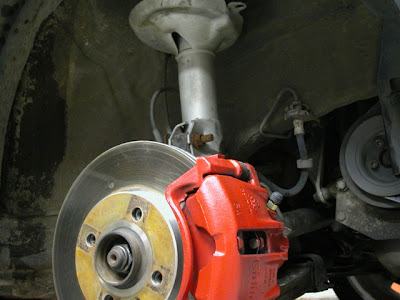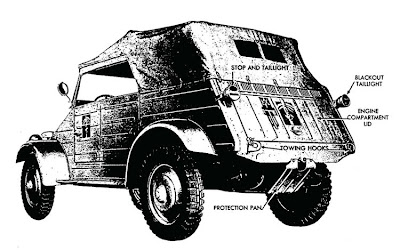
On the hottest, driest day of the summer it is a good idea to remove the seats, carpets and interior trim from the car, and to give as much of the newly exposed metal as possible anti-corrosion protection.
A thin coating of a moisture-inhibiting wax or oil may be applied under footwell rubber mats to protect the floor and heater channel sections. Even with this protection. if the carpets (where fitted) get wet then they should immediately be removed and dried out.
Chrome work presents special problems. The tiniest pin-hole will enable rust to become established under the surface of the chrome, and it spreads unseen until large areas begin to 'bubble' and eventually, to flake off. New chrome work can be polished to provide some protection, but because the bumpers and other items with a chrome finish are vulnerable to stone chipping, there remains very little which can be done in the way of long term protection. The non-chromed side of such fittings does benefit from either wax or oil protection.
Where small chrome fittings meet painted bodywork, problems with rusting can arise. The chrome light surrounds and other fittings are all able to trap and hold water in contact with the bodywork, and furthermore, the bodywork paint is often breached as the pieces of trim are fitted into place. Wax or oil may be used to help prevent this if care is taken not to allow either to run onto surrounding paintwork.
A thin coating of a moisture-inhibiting wax or oil may be applied under footwell rubber mats to protect the floor and heater channel sections. Even with this protection. if the carpets (where fitted) get wet then they should immediately be removed and dried out.
Chrome work presents special problems. The tiniest pin-hole will enable rust to become established under the surface of the chrome, and it spreads unseen until large areas begin to 'bubble' and eventually, to flake off. New chrome work can be polished to provide some protection, but because the bumpers and other items with a chrome finish are vulnerable to stone chipping, there remains very little which can be done in the way of long term protection. The non-chromed side of such fittings does benefit from either wax or oil protection.
Where small chrome fittings meet painted bodywork, problems with rusting can arise. The chrome light surrounds and other fittings are all able to trap and hold water in contact with the bodywork, and furthermore, the bodywork paint is often breached as the pieces of trim are fitted into place. Wax or oil may be used to help prevent this if care is taken not to allow either to run onto surrounding paintwork.











































